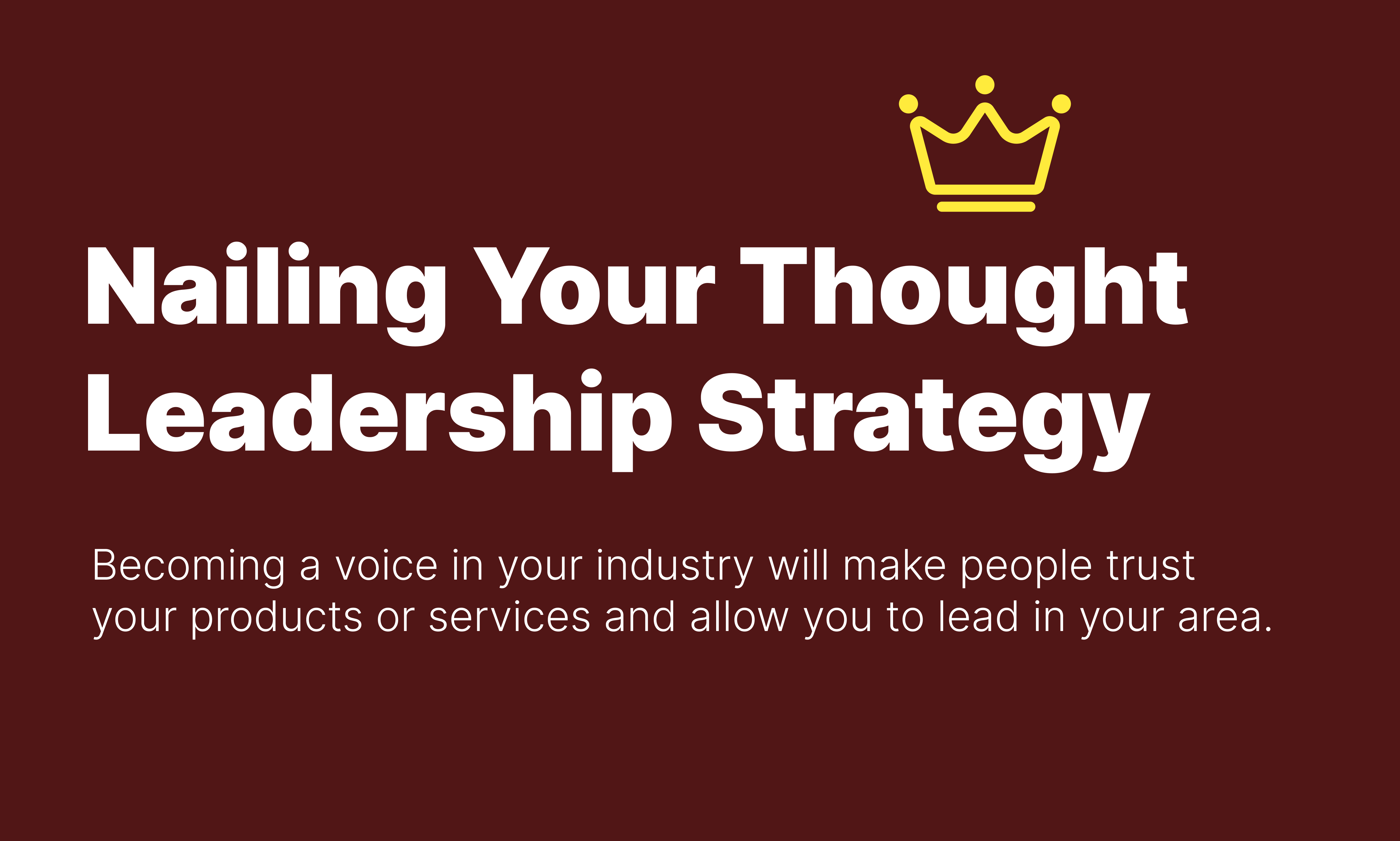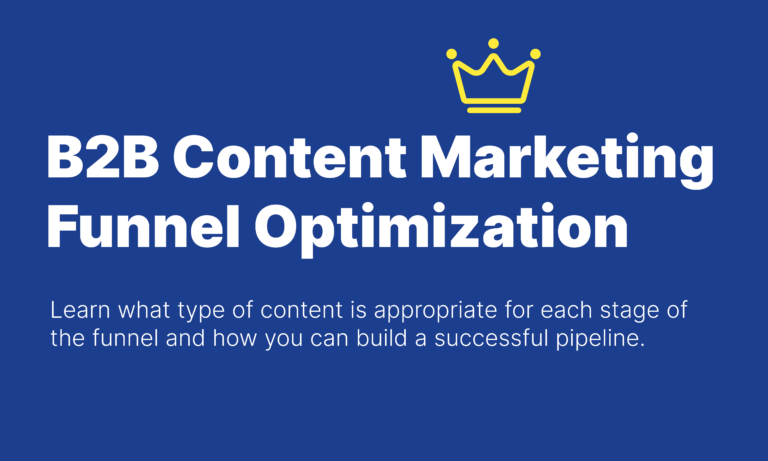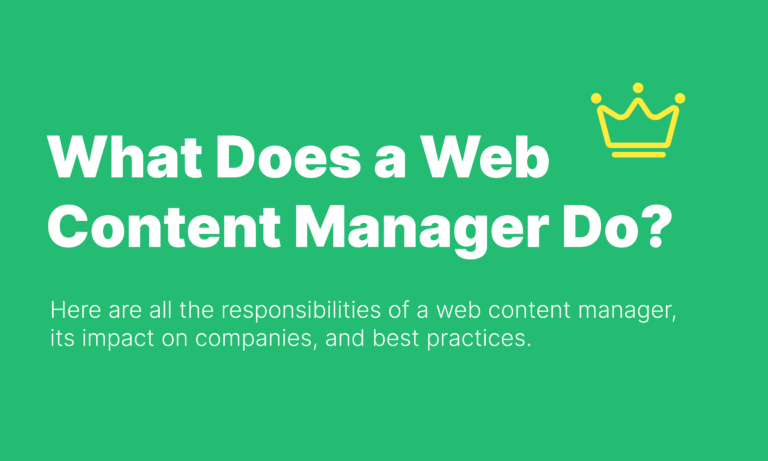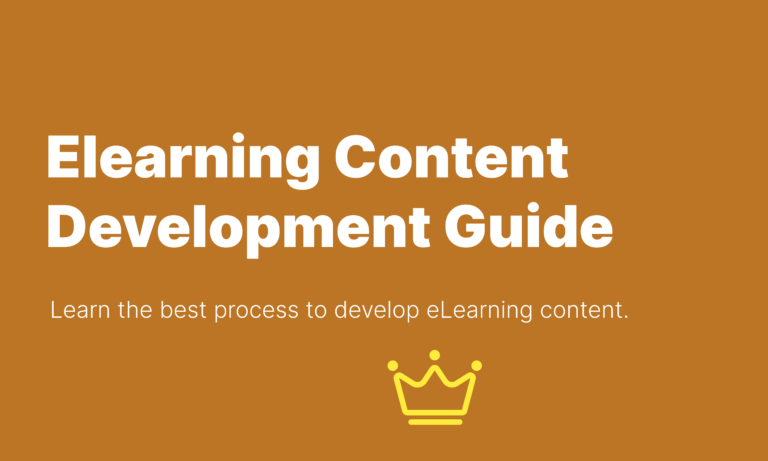How to Nail Your Thought Leadership Strategy

To stand out in the sea of business content and personalities, you need to demonstrate expertise. Becoming a voice in your industry will make people trust your products or services and allow you to lead in your area. But creating an effective thought leadership strategy is not so straightforward. Here is what you need to know to nail your thought leadership content strategy.
Key Takeaways
- Definition: Thought leadership is the ability to influence industry trends, conversations, and decisions through expertise and valuable insights.
- Benefits: Thought leadership can lead to increased brand awareness, customer trust, influencer status, business opportunities, employee morale, and reputation.
- Characteristics of a Thought Leader: Thought leaders are innovative, knowledgeable, effective communicators, influential, and have a clear vision for their industry.
- Content Strategy: A successful thought leadership strategy involves identifying your target audience, defining your niche, creating high-quality content, leveraging social media, building relationships, and measuring results.
- Content Ideas: Consider blog posts, whitepapers, case studies, infographics, and videos to share your expertise and engage your audience.
What is Thought Leadership?
Thought leadership is the ability to influence industry trends, conversations, and decisions. It’s about being recognized as an expert in your field and providing valuable insights that shape the way people think and act. When you establish yourself as a thought leader, you build trust, credibility, and authority, which can lead to increased brand awareness, customer loyalty, and business opportunities.
Key characteristics of a thought leader strategy include:
- Originality: Thought leaders are innovators who introduce new ideas and concepts.
- Depth of Knowledge: They possess a deep understanding of their field, often combining practical experience with academic knowledge. This is reflected in all aspects of the strategy.
- Effective Communication: They can articulate complex ideas in a clear and compelling manner.
- Influence: Thought leaders have the power to sway opinions and shape decisions.
- Vision: They have a clear vision for the future of their industry and can inspire others to follow.

Signup for our newsletter
Enter your email below to get the best SaaS, AI, and Marketing insights in your inbox.
Why a Thought Leadership Strategy is Important?
Brand Differentiation: In a crowded marketplace, thought leadership is a powerful tool for standing out. By positioning your brand as an authority on a particular topic, you differentiate yourself from competitors and create a unique identity. Thought leaders are often seen as innovators and trendsetters, which can attract customers who are looking for something new and exciting.
65% of businesses say they already include thought leadership as part of their content marketing strategy.
Customer Trust: When people perceive you as an expert, they are more likely to trust your recommendations and do business with you. A great thought leadership strategy builds credibility and reputation, which can lead to increased customer loyalty and referrals. Customers are more likely to purchase products or services from a company that they believe is knowledgeable and trustworthy.
58% of key decision makers say they spend one hour or more per week reading thought leadership content.
Influencer Status: Thought leaders often have a significant following on social media and other platforms, which can help you reach a wider audience and generate leads. By sharing your insights and expertise, you can attract potential customers who are interested in your industry. Additionally, thought leaders can influence public opinion and industry trends, which can create new opportunities for your business.
Business Opportunities: Thought leadership can attract new clients, partners, and investors. When you are recognized as an expert in your field, you are more likely to be approached by potential customers and partners who are looking for your expertise. Additionally, the right thought leadership strategy can help you raise your profile and attract investors who are interested in supporting innovative and forward-thinking companies.
66% of marketers say that thought leadership is a top priority in their strategy.
Improved Employee Morale: Thought leadership can also have a positive impact on employee morale. When employees feel proud to work for a company that is recognized as an industry leader, they are more likely to be motivated and engaged. Additionally, thought leadership can provide employees with opportunities for professional development and growth.
Enhanced Reputation: Thought leadership can help you build a strong reputation in your industry. By sharing your insights and expertise through your strategy, you can establish yourself as a thought leader and gain the respect of your peers. A strong reputation can lead to increased brand awareness, customer loyalty, and business opportunities.
Key Components of a Thought Leadership Content Strategy
Most thought leadership strategies involve the same elements. These are the most important ones.
Identifying Your Target Audience
When crafting a thought leadership content strategy, the first and foremost step is to pinpoint your ideal audience. Who are you trying to reach with your content? What are their needs, interests, and pain points? By understanding your target audience, you can tailor your content to provide maximum value and resonate with them.

We can do your content marketing
Uphill Content specializes in growing tech businesses, from early-stage to exit. Send us a message to learn how we can help.
Defining Your Niche
Once you’ve identified your target audience, the next step is to define your niche. What specific area of expertise will you focus on in your strategy? How can you differentiate yourself from other thought leaders in your field? By specializing in a particular area, you can establish yourself as an authority and attract a dedicated following.
Developing a Thought Leadership Content Calendar
A well-structured content calendar is essential for maintaining a consistent publishing schedule and ensuring your content is relevant and timely. Consider the frequency and types of content you will produce, ensuring a diverse mix of formats to cater to different audience preferences.
Creating High-Quality Content
The cornerstone of any successful thought leadership strategy is high-quality content. Your content should be informative, engaging, and valuable to your target audience. To reach different audiences and keep them interested, use a variety of formats, such as:
- Blog posts
- Articles
- Whitepapers
- Infographics
- Videos
- Podcasts
We will talk more about the types of content you can incorporate into your thought leadership strategy in a section below.
Leveraging Social Media
Social media platforms offer a powerful way to promote your content and engage with your audience. Share your content on relevant social media channels, respond to comments and messages, and connect with other thought leaders in your industry.
Here are a few tips to consider for your social media strategy:
- Use relevant hashtags: These might be currently undervalued, but they are still a good part of a thought leadership strategy. Use relevant hashtags to increase the discoverability of your content and reach a wider audience.
- Engage with your followers: Respond to comments, messages, and mentions promptly and thoughtfully. This shows that you value your audience’s input and are committed to building relationships.
- Collaborate with other thought leaders: Partner with other influencers in your industry to cross-promote each other’s content and reach a wider audience.
- Monitor your analytics: Track key metrics, such as engagement rates, follower growth, and website traffic, to measure the effectiveness of your social media efforts.
- Use social media advertising: Target your ads strategy to reach specific demographics and interests.
- Run social media contests and giveaways: Encourage engagement and increase your following.
- Create a social media calendar: Plan your social media content in advance to ensure consistency.
- Experiment with different content formats: Try various content formats, such as videos, infographics, or live broadcasts, to see what resonates best with your audience. Experimentation is key to the best content strategies.
- Leverage user-generated content: Encourage your audience to share their experiences and insights related to your topic.
- Use social media listening tools: Monitor conversations related to your industry and respond to relevant discussions.
- Collaborate with social media thought leaders: Partner with influencers in your niche as part of your strategy to promote your content to their followers.
- Join relevant online communities: Participate in online groups and forums related to your industry.
Building Relationships With Other Thought Leaders
Thought leadership is about building relationships and establishing yourself as a trusted authority. Network with other industry experts, collaborate on content or projects, and attend industry events to expand your reach and influence.

Signup for our newsletter
Enter your email below to get the best SaaS, AI, and Marketing insights in your inbox.
Measuring Your Results
To assess the effectiveness of your thought leadership content strategy, it’s crucial to track key metrics such as website traffic, social media engagement, and lead generation. Use analytics tools to identify what’s working and what’s not, and make adjustments as needed.
Thought Leadership Content Ideas
A great thought leadership strategy involves different types of content to reach a wider audience.
According to Statista, 80% of B2B companies say they produce thought leadership content for their marketing strategy on social media. For the majority, thought leadership content was one third of their total content. Finally, 17% of companies say they only produce thought leadership content.
Here are some content ideas to add to your thought leadership strategy.
Blog Posts
- Industry trends and insights: Share your perspective on emerging trends and developments in your field.
- Problem-solution articles: Address common challenges faced by your target audience and offer practical solutions.
- How-to guides: Provide step-by-step instructions on specific tasks, processes, or strategies.
- Case studies: Showcase real-world examples of how your products or services have helped clients.
- Opinion pieces: Share your thoughts on controversial or debated topics.
- Interviews with industry experts: Gain valuable insights from other thought leaders in your field.
- Roundup posts: Curate a collection of relevant articles or resources on a particular topic.
Whitepapers
- In-depth research reports: As part of your strategy, conduct thorough research on a complex subject and present your findings in a detailed whitepaper.
- Industry analysis: Analyze the current state of your industry and provide forecasts for the future.
- Problem-solution whitepapers: Identify a significant problem in your industry and propose innovative solutions.
- Thought leadership whitepapers: Share your unique perspective on a particular topic and position yourself as an expert.
Case Studies
- Customer success stories: Highlight how your products or services have helped clients achieve their goals.
- Problem-solution case studies: Demonstrate how you have solved complex challenges for your clients.
- Quantitative and qualitative results: Include both quantitative and qualitative data to support your case study.
- Client testimonials: Include in your strategy testimonials from satisfied clients to add credibility to your case study.
Infographics
- Visualize complex data: Use infographics to simplify complex data and make it more digestible.
- Tell a story with visuals: Create infographics that tell a compelling story about your brand or industry.
- Use engaging visuals: Incorporate eye-catching visuals, such as icons, illustrations, and charts.
- Keep it concise: Infographics should be concise and easy to understand.

We can do your content marketing
Uphill Content specializes in growing tech businesses, from early-stage to exit. Send us a message to learn how we can help.
Videos
- Tutorials and how-to guides: Create videos that teach viewers how to do something or follow a strategy.
- Interviews with experts: Interview industry experts to gain valuable insights.
- Behind-the-scenes footage: Give viewers a glimpse into your company culture or operations.
- Product demonstrations: Showcase your products or services in action.
- Webinars: Host live webinars to share your expertise with a wider audience.
Podcasts
- Interviews with industry experts: Interview thought leaders in your field to gain valuable insights.
- Solo podcasts: Share your thoughts and opinions on a variety of topics.
- Co-hosted podcasts: Collaborate with other thought leaders to discuss shared interests.
- Storytelling podcasts: Use storytelling techniques to engage your listeners.
- Q&A podcasts: Answer questions from your audience.
Summary: Nailing Your Thought Leadership Strategy
Thought leadership is the ability to influence industry trends and conversations through expertise and valuable insights. It builds trust, credibility, and authority, leading to increased brand awareness, customer loyalty, and business opportunities. Thought leadership is important for brand differentiation, customer trust, influencer status, business opportunities, improved employee morale, and enhanced reputation.
A successful thought leadership content strategy involves identifying your target audience, defining your niche, developing a content calendar, creating high-quality content, leveraging social media, building relationships, and measuring your results. Content ideas include blog posts, whitepapers, case studies, infographics, and videos.

Signup for our newsletter
Enter your email below to get the best SaaS, AI, and Marketing insights in your inbox.



